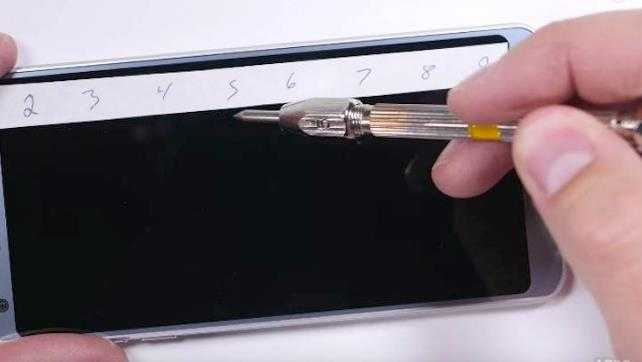Smartphones that use Gorilla Glass 5 — the generation of glass introduced in 2016 and found on Samsung’s Galaxy devices, the LG G7 ThinQ, and the OnePlus 6, to name a few — have benefited from the glass’s greater resistance to taking damage from falls, as compared to its predecessors. And Corning claims the latest and greatest Gorilla Glass 6, which should start showing up on phones this fall, can survive 15 drops from a one meter height.

To achieve this strength, Corning has had to transform glass, which is naturally fragile. By soaking glass in a chemical salt bath, the company also introduces compressive stress into the inside of the glass. That internal stress helps counteract any drops and falls the glass might face in the future once incorporated inside a smartphone. Over the years, as smartphone makers demand thinner glass to incorporate into sleeker phone designs, Corning has had to introduce more and more internal stress to keep up the resilience. It works well in theory and has produced plenty of more drop-resistant generations, but in exchange, the internal stress makes the glass easier to scratch.
The main way that glass makers strengthen glass is through tempering, which can either be an intense heating process or a chemical treatment, like the aforementioned salt bath. As Caltech professor of materials science William L. Johnson explains, the internal stress causes the glass to yield more easily to any introduced stress on its surface. In simple terms, that means when the glass is more tempered, it often scratches more easily. (Corning contends that tempering improves both drop and scratch resistance.)
Johnson says that, ultimately, it all comes down to how hard the surface of the glass is. Tempering gives up added hardness in favor of flexibility. More tempering “makes the whole screen more tolerant to overall bending, as in dropping the phone,” he says. “But it does not necessarily improve the hardness of the glass and might actually make it slightly worse. It’s the hardness that enables scratch resistance.”
